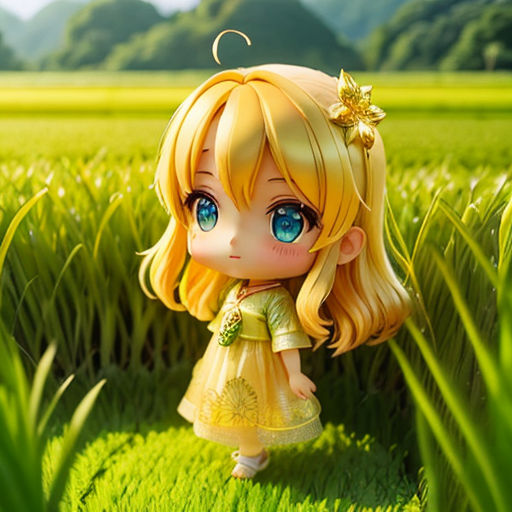
The Golden Grain
By Storybird

05 Jul, 2023

Long, long ago, before the invention of modern tools and technology, humans lived as hunters and gatherers, roving the land in search of food. Among their discoveries was a humble crop, wild rice.
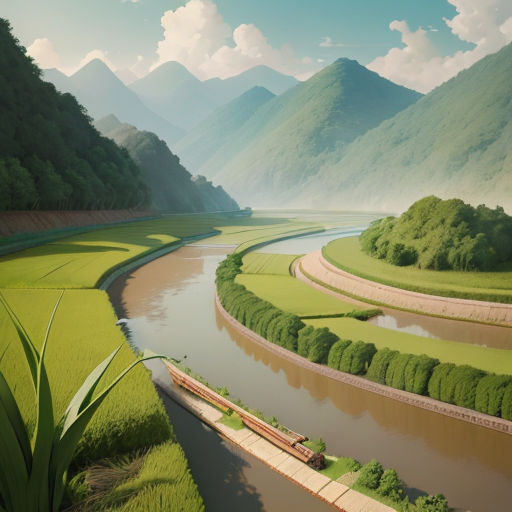
Archaeologists believe that rice was first domesticated over 10,000 years ago in the region that is now China. It was found growing along the banks of the Yangtze River.
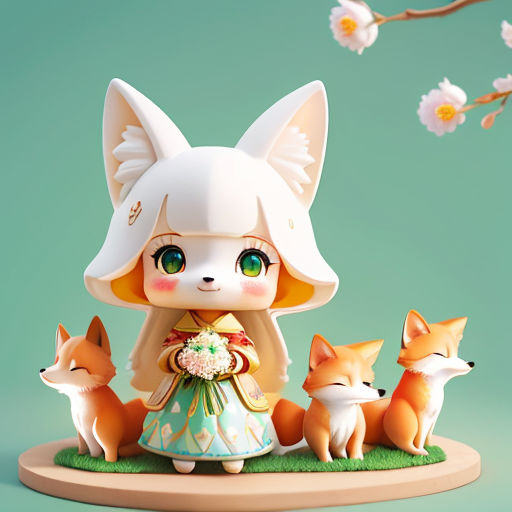
Rice was not merely a food source. It held a spiritual significance in ancient societies. Chinese folklore tells stories of rice being a gift from the animals, a symbol of life and fertility.
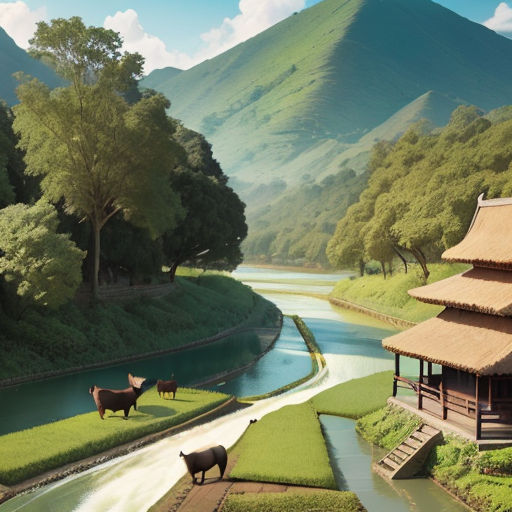
As farming techniques improved, so did the cultivation of rice, leading to its spread across East and South Asia. By 3000 B.C., rice had reached India and soon became a staple part of the diet.
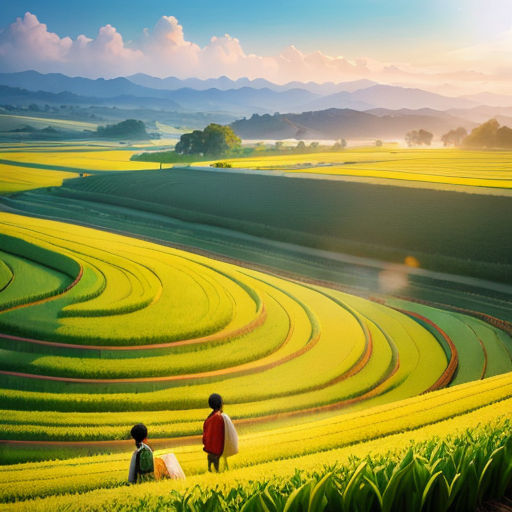
During the next few centuries, rice cultivation spread across the rest of Asia. It reached places like Korea, Japan, Philippines, and Indonesia.

Around 800 AD, the Moors brought rice to Spain during their conquest, expanding the crop's reach into Europe. Rice was later introduced to the Americas by early European explorers.

In America, rice cultivation was first attempted by British settlers in Carolina in the late 17th century. The swampy local environment was perfect for growing rice.

The Carolinas soon became the main supplier of rice for Europe. Rice cultivation expanded across the South, becoming a major part of the region's economy.

The cultivation of rice was labor-intensive and relied heavily on slave labor. The abolition of slavery in the 19th century led to a decline in the industry.
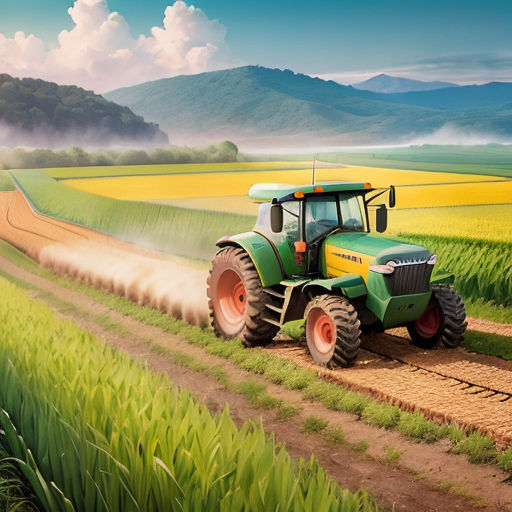
However, the development of new machinery in the 20th century once again made rice cultivation feasible. The industry rebounded, with states like Arkansas, Texas, and California becoming major producers.
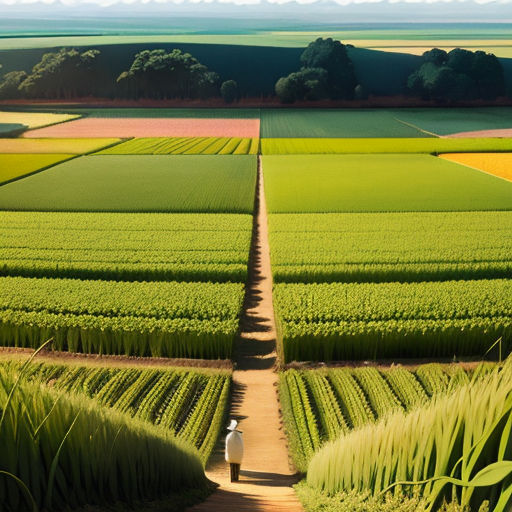
In Asia, the 20th century saw the Green Revolution, a period of agricultural innovation. High-yielding varieties of rice were developed, drastically increasing production.
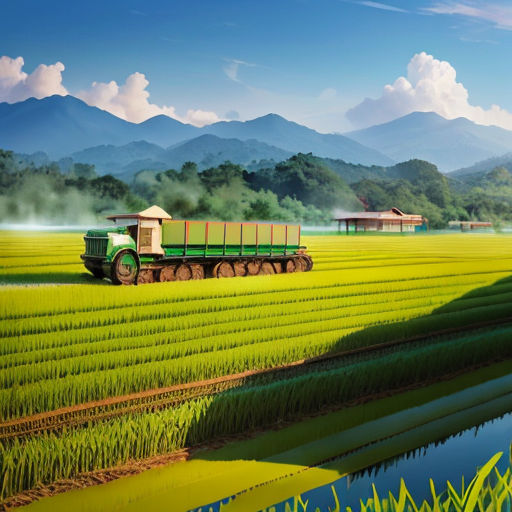
The International Rice Research Institute (IRRI) in the Philippines played a major role in this revolution. IRRI's work enabled nations like India and China to become self-sufficient in rice.
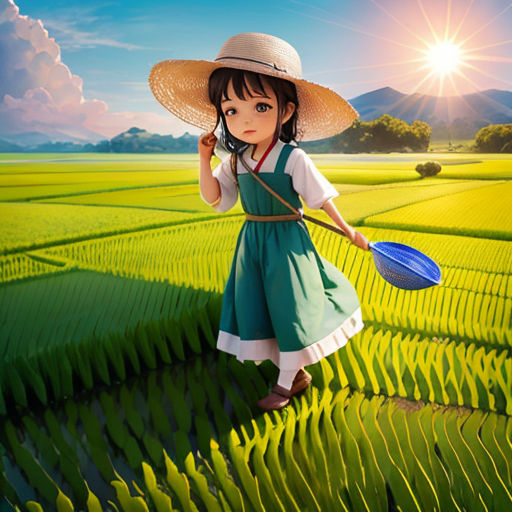
Today, rice is one of the most important food crops in the world. It provides more than 20% of the calories consumed by humans globally.
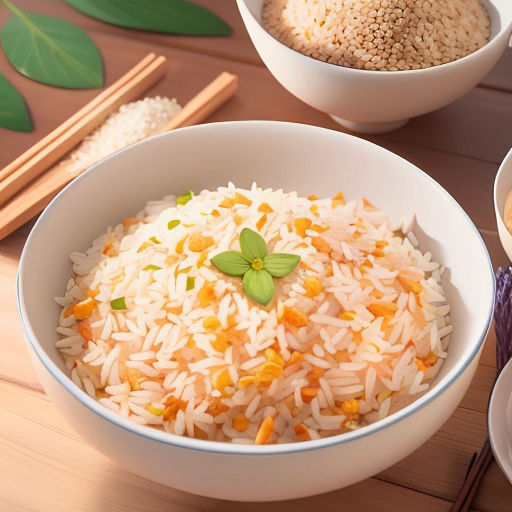
Rice comes in many varieties, each with its own unique taste and texture. There's jasmine rice, basmati rice, wild rice, and many more. Each type has its own history and cultural significance.
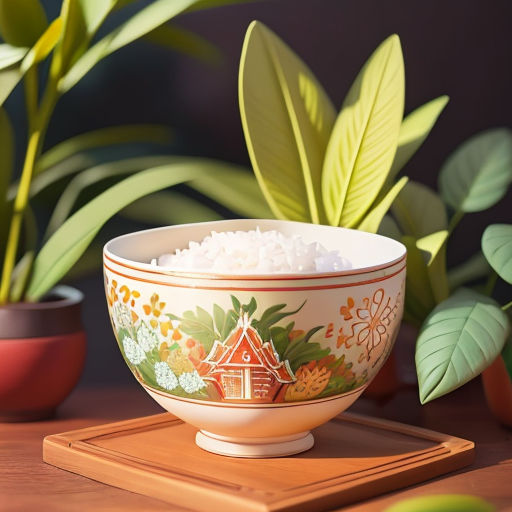
Jasmine rice, for example, is native to Thailand. It is famous for its fragrant aroma and silky texture, making it a favorite in many Asian dishes.

Basmati rice, on the other hand, has its origins in the Indian subcontinent. Known for its long, slender grains and distinct aroma, it is considered the king of rice.
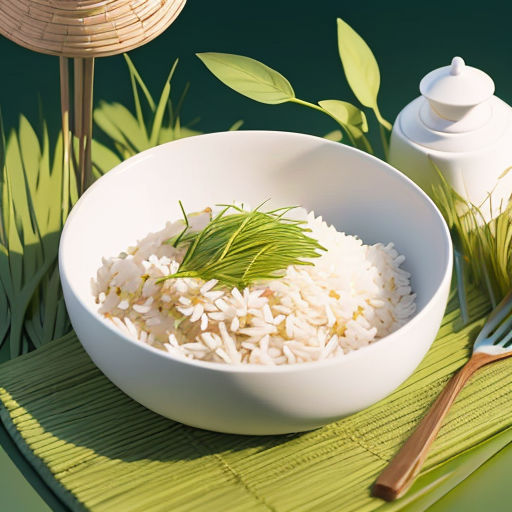
Wild rice is not really rice at all, but a type of grass native to North America. Nevertheless, it is often included in rice dishes for its chewy texture and nutty flavor.
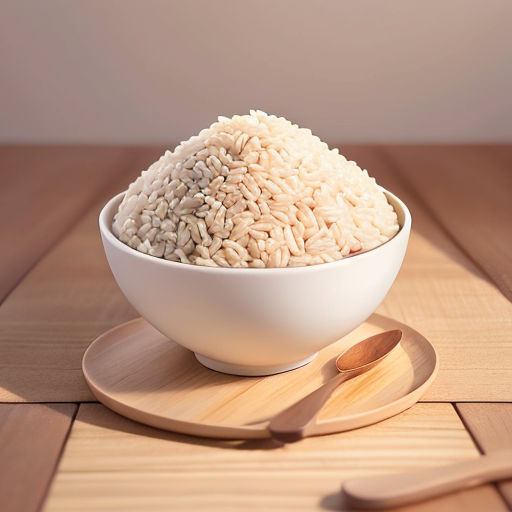
Rice has also evolved to cater to modern diets. Brown rice, with its outer bran layer intact, is a healthier option, rich in fiber. Consumers can also now find organic and GMO-free rice products.
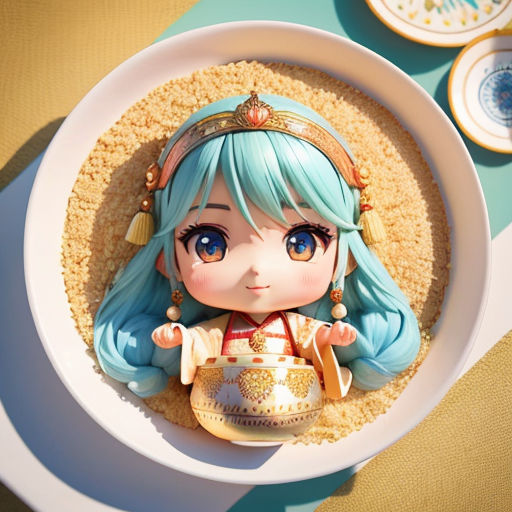
Rice is more than just a crop. It is a part of rituals, ceremonies, and celebrations in cultures around the world. It is thrown at weddings as a symbol of fertility and prosperity.

Extensive research continues in the field of rice cultivation. Scientists are working to develop new varieties of rice that are more nutritious, resistant to pests, or able to withstand adverse weather conditions.
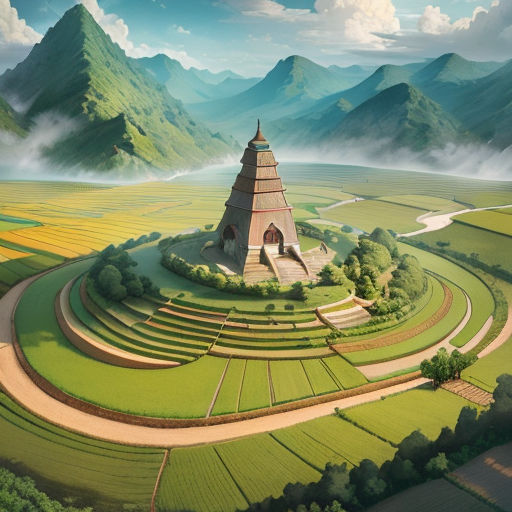
The history of rice is a testament to human ingenuity and our ability to adapt to our environment. From wild grass to staple food, rice's journey mirrors the progress of civilization.
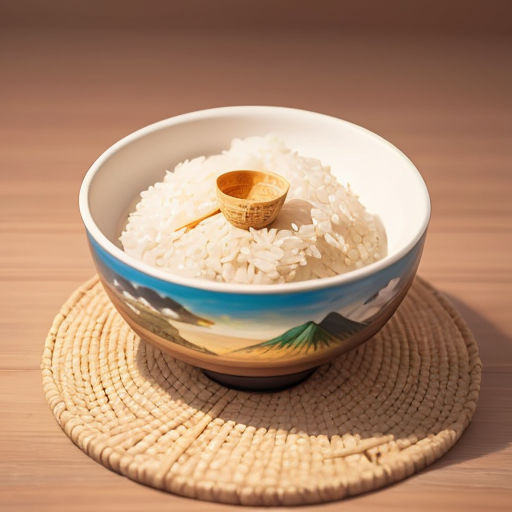
So next time you enjoy a bowl of rice, remember to appreciate the long and rich history that it carries. Remember, it's not just a grain, it's a story of perseverance and innovation.
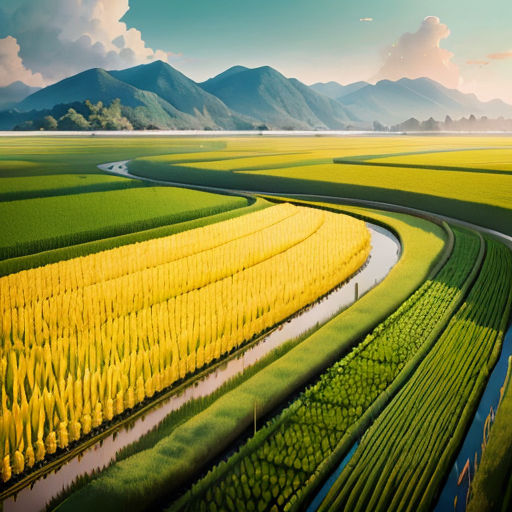
The humble grain has indeed come a long way. From the banks of the Yangtze to the vast fields of the Americas, rice continues to sustain and enrich our lives.

And as we continue to innovate and evolve, so will rice. Who knows what the future holds for this tiny, but mighty grain? If history is any guide, it will surely be something to look forward to.

While we can't predict the future, we can certainly learn from the past. The story of rice is one of adaptability, resilience, and the power of human innovation. It's a tale that continues to unfold even today.
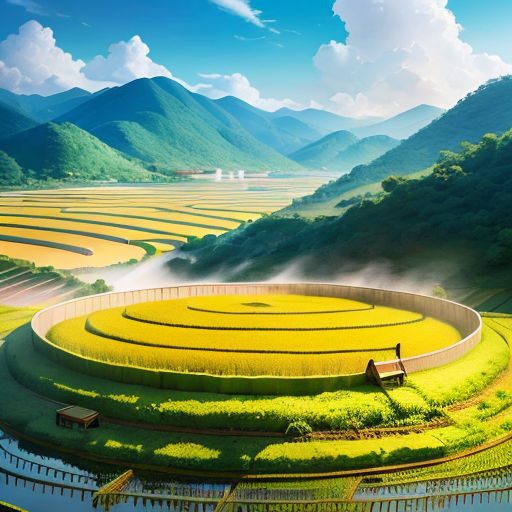
So next time you take a bite of a warm, fluffy bowl of rice, remember the centuries of history and journey that each tiny grain has undergone to reach your plate. Truly, a grain to be cherished and respected.